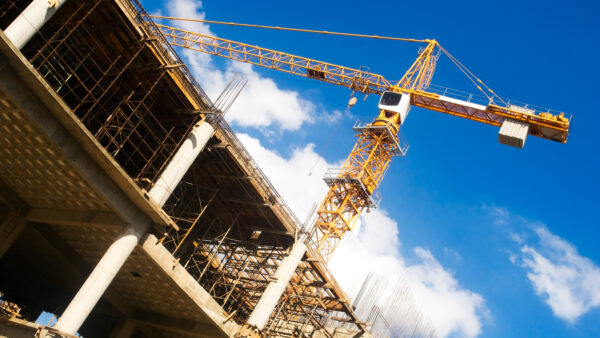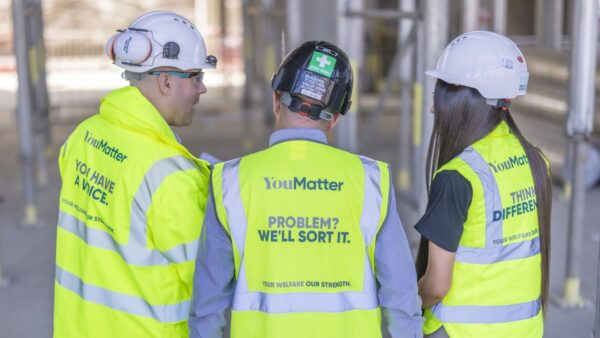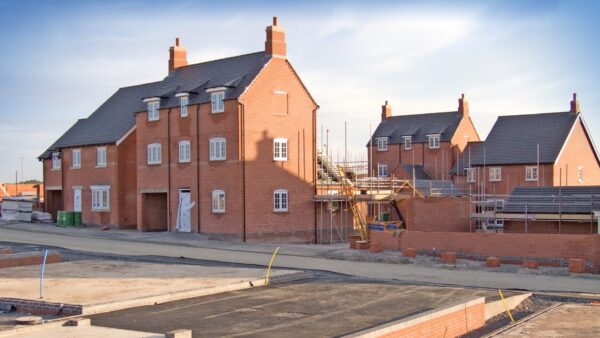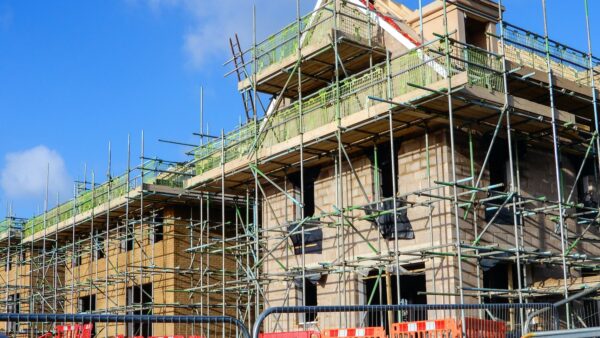The early stages of cost estimation should include scenario planning for a range of inflation uplift rates, explains Sam May.

With inflation having peaked at levels not seen for a generation, selecting the right cost escalation measure is critical in construction cost planning. The index used can significantly influence projected budgets and viability.
Driven by global and domestic factors, construction costs are 37% higher than in January 2020. The Ukraine conflict raised prices for energy-intensive materials like steel and cement, while labour shortages and industry wastage have pushed wages up. This volatility means accurate inflation forecasts are more important than ever.
In real estate, inflation uplifts often use in-house tender price inflation (TPI) forecasts or indices such as the Building Cost Information Service (BCIS) All-in TPI. For larger schemes, professional judgement plays a crucial role as market dynamics can shift significantly due to economies of scale and project peculiarities like the procurement strategy and mix of uses.
Infrastructure projects differ due to their scale and long timelines. Forecasting construction indices long-term is difficult as providers like BCIS don’t forecast that far ahead. Therefore, general economic indices such as Consumer Price Index (CPI) are often used for long-term modelling. CPI is familiar, official, defensible and often linked to government funding for projects.
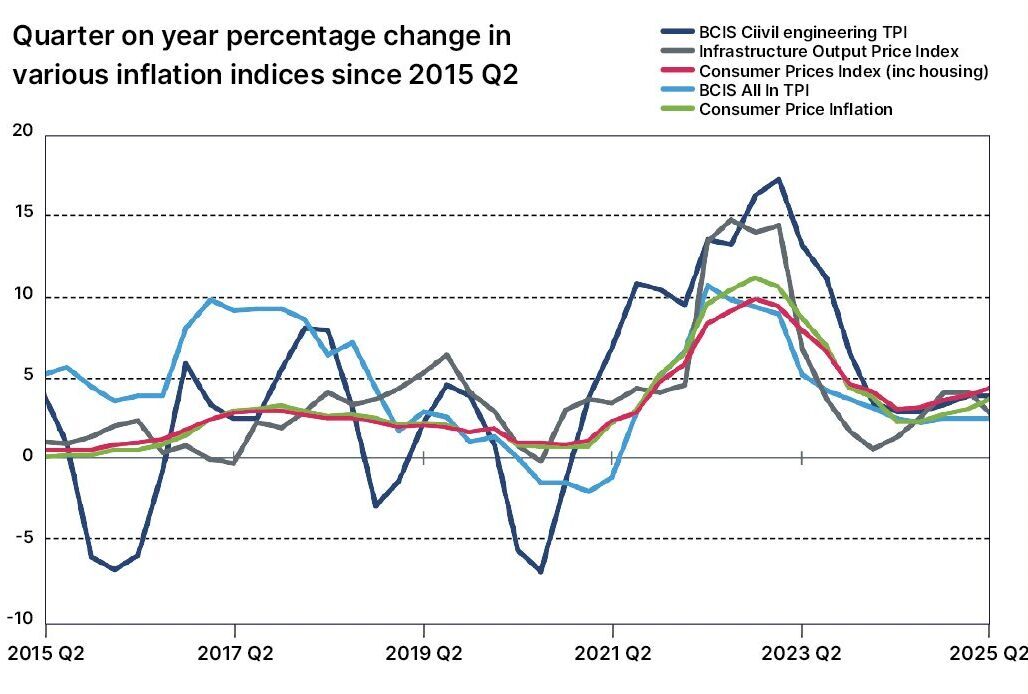
Figure 1 shows CPI and CPIH to be stable compared to construction indices, suggesting practicality in benchmarking and financial planning. Meanwhile, BCIS’s All-in TPI saw high inflation early on, but since 2021, the Infrastructure Output Price Index and Civil Engineering TPI have been more volatile. Civil Engineering TPI had nine quarters of year-on-year changes over 9% from 2021 Q3 to 2023 Q3, while CPI had only three, and CPIH none.
However, CPI measures household consumption rather than construction costs, which figure 2 suggests have risen faster. Uplifting with CPI alone would lead to forecasts that underestimate onsite cost pressures, increasing the risk of budget overruns. Risk allowances on costs before uplifts dampen this, but the threat of overruns remains.
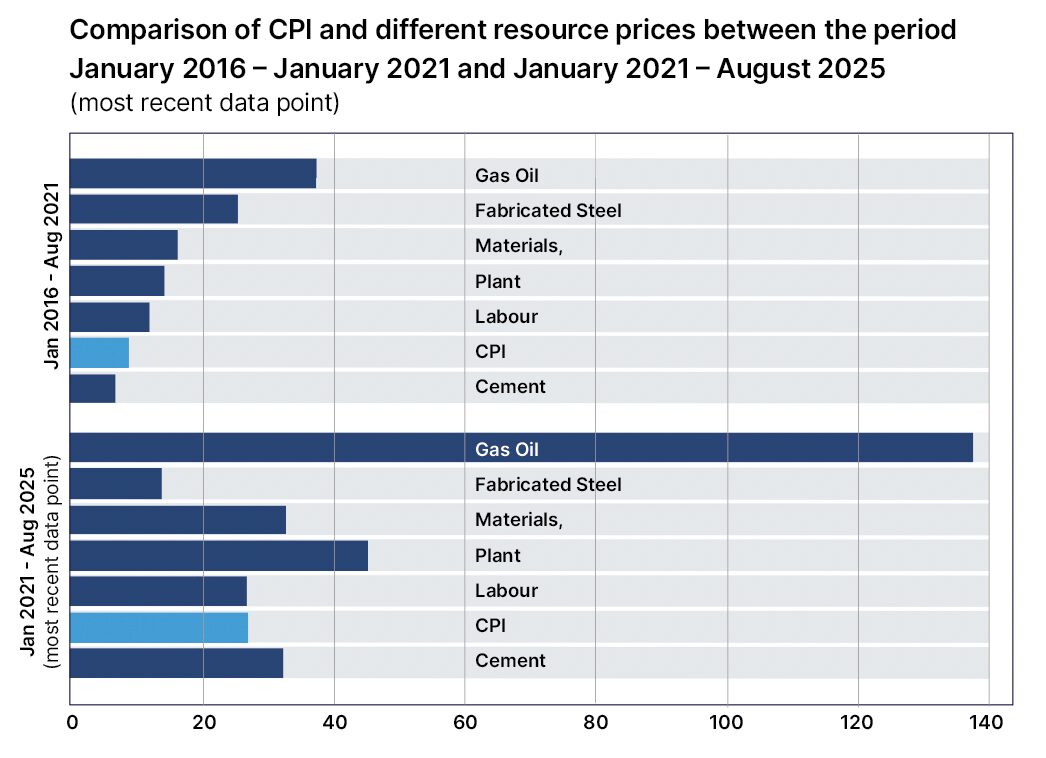
Figure 2 compares CPI with project-specific costs across two periods. In the earlier period, CPI rose just under 10%, while gas-oil and steel rose 38.1% and 26.1% respectively, with cement the only input not to outpace CPI.
Since 2021, gas-oil surged 137.6%. Plant and cement grew 33.1% and 45.9%, while labour and CPI both increased around 28% whereas steel inflation eased. The Infrastructure Projects Authority’s Cost Estimation Guide advises tailoring inflation methods to each project and many projects are already exploring a “resource-based” approach. Key inputs – labour, materials, plant, overheads and profits – are forecasted and then weighted according to project cost plans.
This bespoke method offers a detailed reflection of the pressures contractors face on the specific project and offers a comparison to the traditional approach. This is particularly useful during economic disruption, when commodity prices spike due to supply chain shocks or geopolitical events.
One limitation, however, is that these indices are often developed in-house and may lack the legal weight of official statistics, potentially introducing litigation risk. In these cases, professional judgement remains essential.
Recent inflation has had immediate visibility on cost schedules and remains a concern in the construction industry. The early stages of cost estimation should include scenario planning for a range of inflation uplift rates that are well-considered, have a combination of data analysis and subjective judgements. This helps assess how much uplift can be tolerated and its impact on return on investment and overall project viability.
Sam May is an economist with Turner & Townsend.



